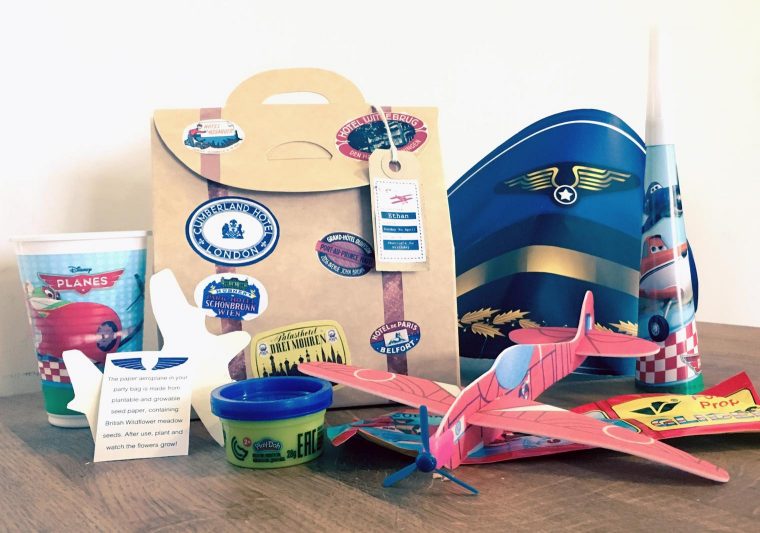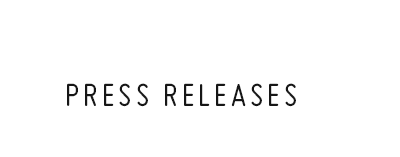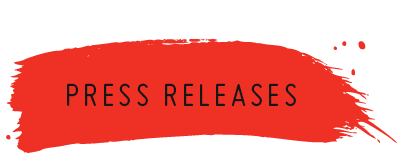- 5 FIFTEEN
- ACTEGA
- ACTEGA METAL PRINT
- ACTGreen
- ADOBE
- BALDWIN TECHNOLOGY
- BALDWIN VISION SYSTEMS
- BCN3D
- BESPOKE
- CONTIWEB
- CRON
- DIGITAL DOT
- DSCOOP
- FRONTLINE
- GALLUS
- GIRLS WHO PRINT
- GOSS
- HIGHCON
- HP
- INGENTA
- J-TECK3
- KIIAN
- MIMAKI
- PRESSTEK
- PURE DIGITAL
- QUADTECH
- ROTOLITO LOMBARDA
- SAi
- SCODIX
- SCREEN
- SOLIMAR
- TONEJET
- URW TYPE FOUNDRY
For the Love of Print
Print Party
By Claire Russell-Jones
One of the fun things about working at Bespoke is explaining to new starters how much print is around them in their everyday lives, that goes unseen for what it is – a printed product.
I’m currently having a resurgence of that feeling of wonder through a very personal job – organising my four-year-old’s birthday party.
As I’m buying the decorations, planning the table settings and filling the party bags I’ve realised every single item has a printed element. From the mass-produced Disney Planes themed cups and plates to the handmade party invites and partially hand-crafted party bags, the printed foil balloons, the labelled mini-tubs of Play-Doh and the foam aeroplane gliders, a huge variety of print processes are represented. It’s all I can do not to ask Scodix to add some personalised gold foiling to the party bag labels. And it’s all so cool!
I’m taking huge joy boring friends and family asking them if they know how aeroplane gliding toys are produced? Ignoring their disinterested expressions, and proceeding to wonder at the complications of printing onto foam substrates and whether large runs are required in this digital age? Just how many aeroplane dies have been used over the years in the manufacture of aeroplane gliding toys and coming to the realisation it could almost be an industry in itself – didn’t we all play with those toys when we were kids? And they haven’t changed much. Have the dies even changed? And surely in this digital age we’ll soon be moving on to personalised planes? They now do fairy and superhero versions on the same theme.
My four-year-old doesn’t care too much about how his party bags were produced, be it handmade by his mother, or off in some print-house on a foreign shore. But he does think they’re pretty cool and can’t wait to share them with his friends. As he gets older I’ll take great joy teaching him a little about where all this stuff all comes from.




